Having issues signing in?
Use one of the following methods below to sign in.
Our 7th Transparency Report reveals the story behind ELK's conscious fashion journey. It shares our progress, data and details the accountability that defines us. It is our responsibility to share, and your right to know how we are building a transparent, responsible business for people and planet.
Marnie Goding
ELK Co Founder & Brand Director
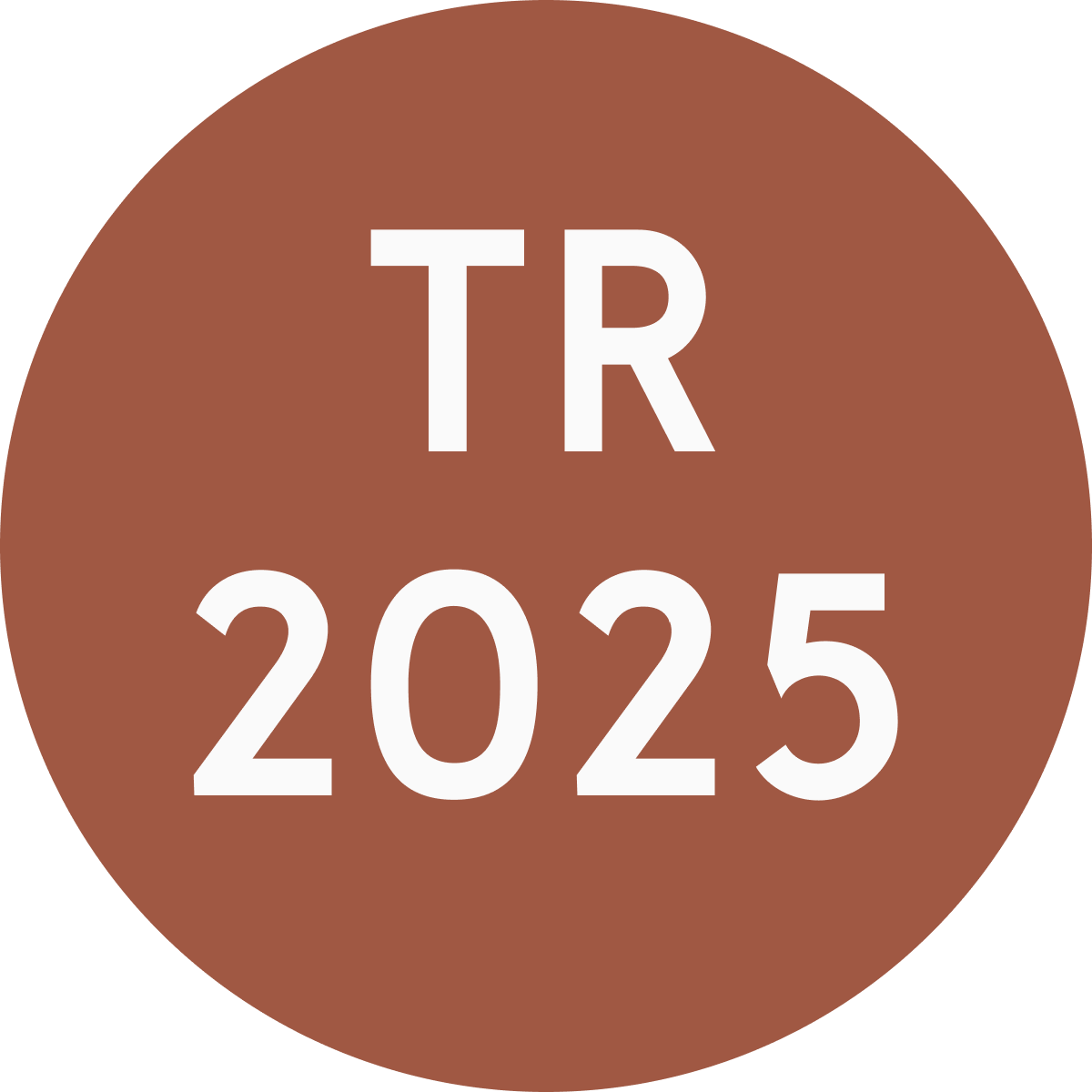
A milestone year: Becoming a B Corp and growing (RE)NEW.
SHOP THE CONSCIOUS EDIT
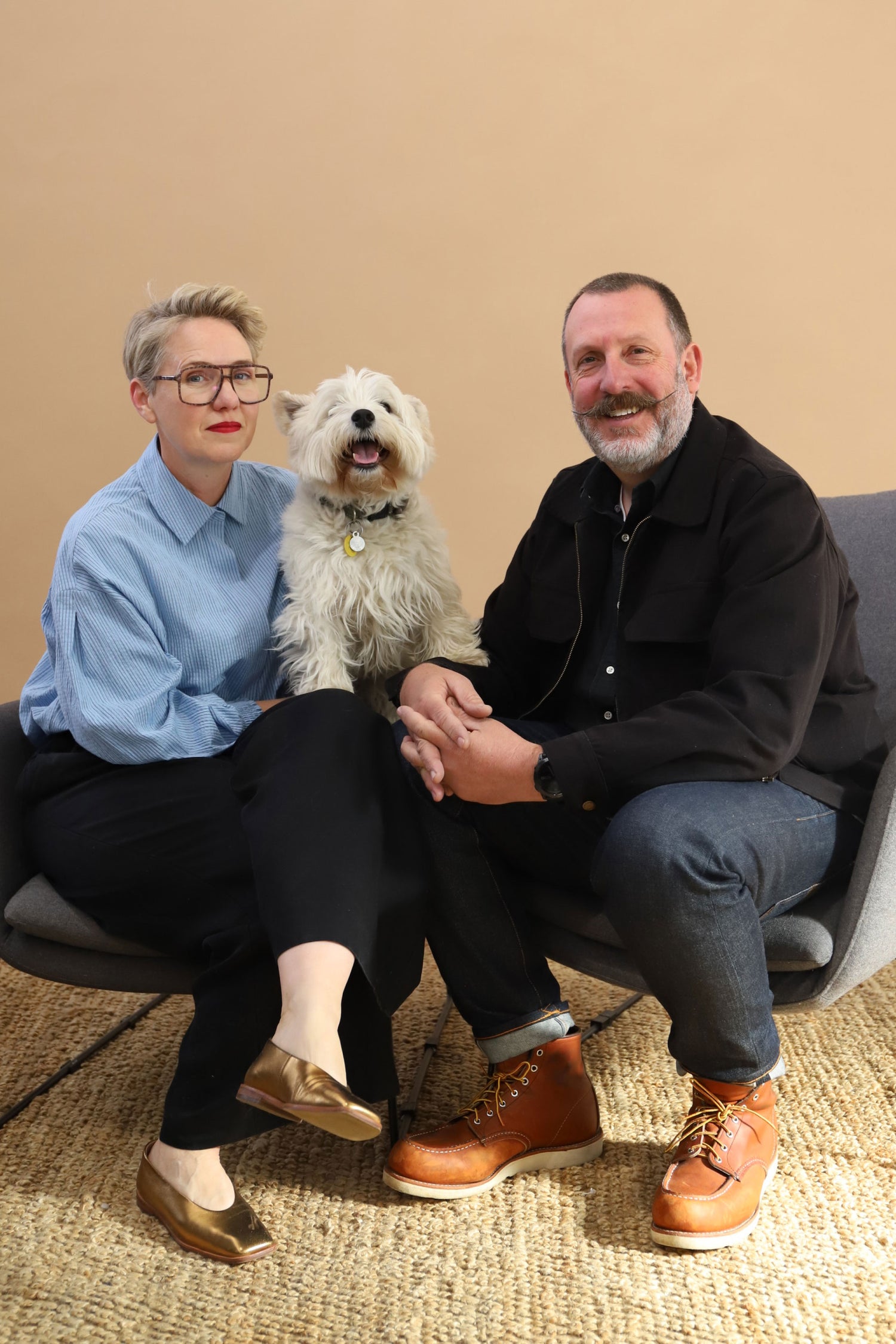
Since our foundation over twenty-one years ago we have never looked sideways. Our approach to creativity and our operations is somewhat singular. It is a privilege to chart our own course and dismiss industry trends. At ELK, we shape-shift when it feels right, guided by care, creativity and commitment. Our goal remains simple: to make the best products for our customers, crafted in the most responsible, accessible and considered way possible.
Behind this approach lies the complexity of an often price-driven industry slow to change. We once thought sustainability would be standard practice by now and whilst there is progress, cheap, fast fashion continues to thrive, creating a disorienting landscape. For brands like ELK, questioning the norm and taking responsibility is tough, yet these actions define meaningful change and reaffirm that our hands-on approach matters.
This is our seventh Transparency Report, closing out our 2025 goals and celebrating our first year as a certified B Corporation. It reflects continuous improvement through one of the toughest financial years we have faced. Truthfully, business has never been harder.
But we are a business focused on the future. We invite feedback, encourage learning, and approach everything with authenticity and hard work and our commitment to contributing positively to the future of fashion remains strong. Our focus remains on transparency, environmental stewardship, social impact, and offering a better alternative to what is available in the broader market.
We trust this report will provide a deeper understanding of ELK’s sustainability journey, recognise the contribution and intelligence of our incredible team, and inspire you to join us in moving forward.
Marnie Goding & Adam Koniaras,
ELK Co-Founders
FY25 was a defining year for ELK. Becoming a Certified B Corporation recognised our two-decade commitment to conscious design and transparent progress. Across our pillars of Planet, People and Product, we continued to take meaningful action.
Planet
All operations ran on 100% renewable energy, with almost half generated onsite. We submitted our Net Zero targets to the Science Based Targets initiative. Our (RE)NEW program took back more than 800 garments, repaired 500 items, and recycled 350 end-of-life garments through a partnership with BlockTexx®.
People
Through our 1% for the Planet program, we donated $167,816, planted 43,900 native seedlings with TreeProject (more than 230,000 since 2020), and contributed 467 volunteer hours, reaching our 2025 target ahead of schedule.
Product
We released our remnant apparel collection, harnessing surplus material, and transforming it into our most-loved styles. We maintained full transparency of Tier 1 suppliers and mapped 98% of Tier 2 suppliers. 70% of our collections used ELK Environmentally Preferred fibres, showing our commitment to conscious design.
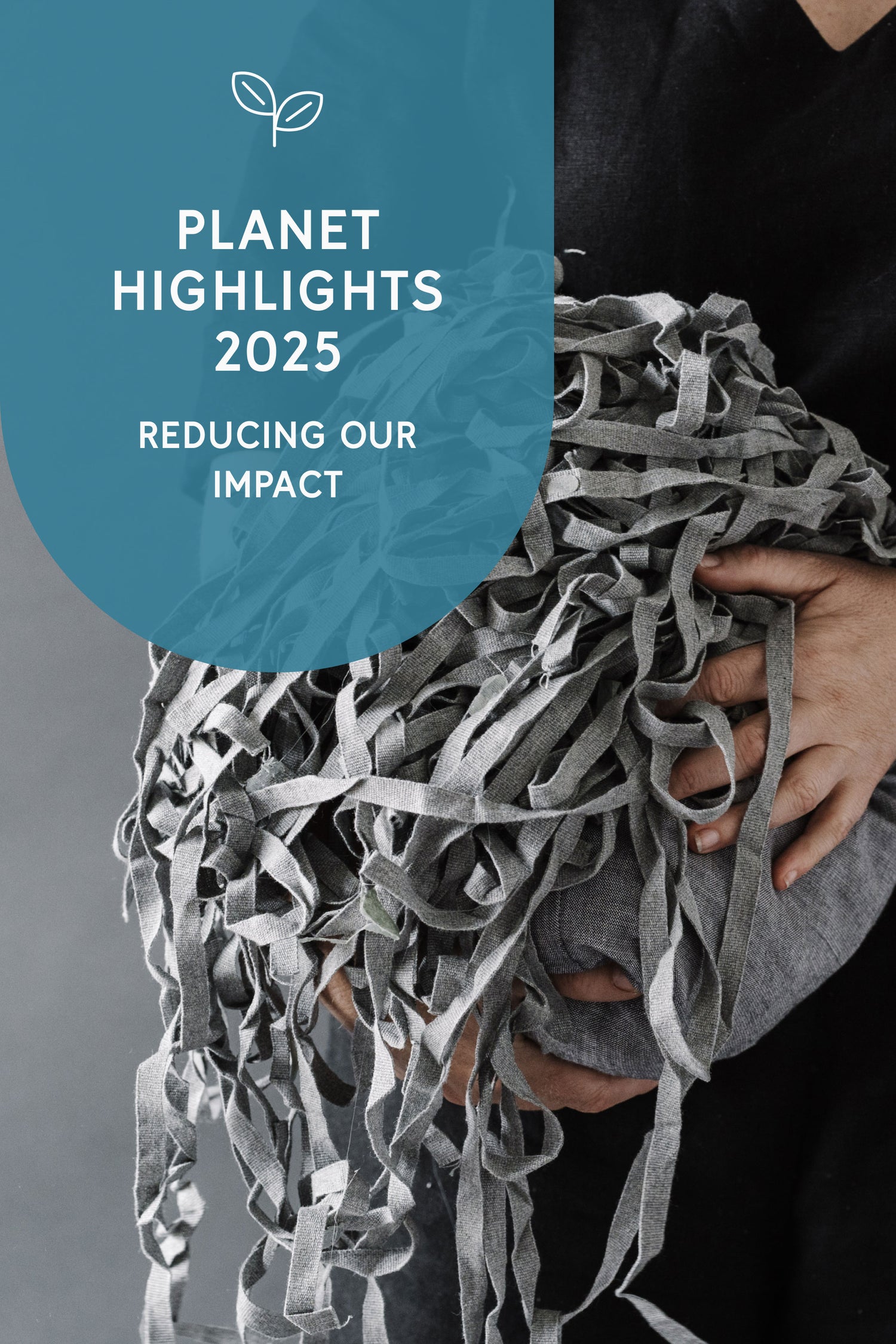
We became a certified B Corp
In FY25, ELK became a certified B Corp, joining a global community of businesses that meet the highest verified standards of social and environmental performance, accountability, and transparency. This milestone is a recognition of our 20+ year journey to create a conscious fashion business rooted in responsibility, creativity, and community.
We continued to measure our Scope 1, 2 and 3 emissions and submitted our net-zero target for validation.
In partnership with Unravel Carbon, we tracked and reported our carbon emissions and sustainability metrics quarterly. This process keeps our entire team informed and engaged in reducing our impact, moving beyond compliance to embed climate action across our operations.
We launched our partnership with BlockTexx®.
In an Australian-first initiative, we partnered with BlockTexx® to recycle end-of-life ELK garments that cannot be repaired. In FY25, 350 units were diverted from landfill, converted into PolyTexx® and CellTexx® for use in manufacturing and agriculture.
ELK’s direct operations remain 100% powered by renewable electricity.
46% of the electricity powering ELK’s direct operations was generated by our onsite solar panels.
Our flagship circularity program, (RE)NEW, continued to thrive.
(RE)NEW is our dedicated program to keep ELK apparel in circulation through repair, resale, take-back, and recycling. This year we accepted over 800 items through our take-back channel and sold over 550 pre-loved units, doubling last year’s results. Our in-house repairs team extended the lifespan of over 500 ELK garments, ensuring loved pieces stay in use and out of landfill.

We donated $167,816 to environmental charities as part of our commitment as members of 1% for the Planet.
Our contributions, including volunteer hours and product donations, charity partners such as TreeProject, Fitted for Work, Environmental Defenders Office, and Clean Up Australia.
We joined forces with our customers to support the Environmental Defender’s Office (EDO) as our matched giving partner.
Together with our community, we raised nearly $7,000 for the EDO through our matched giving program, helping protect Australian ecosystems through legal advocacy.
We donated the equivalent of 43,900 seedlings to TreeProject.
We donate $2 for every ELK online order to TreeProject for seedlings to restore indigenous Australian vegetation. This year, we donated the equivalent of 43,900 seedlings.
We donated 467 hours of volunteering to our charity partners.
Our teams volunteered across organisations like Fitted For Work, Tree Project, and Clean Up Australia. To date we have donated a total of 1522 volunteer hours, exceeding our target of 1500 hours by 2025.

We launched our remnant apparel collection and increased our use of remnant leather.
Our remnant apparel collection featured 500 limited-edition pieces crafted from surplus fabrics, while remnant leather accounted for 22% of total leather use, up from 8% last year.
Our usage of ELK environmentally preferred cotton and man-made cellulosic fibres (MMCFs) increased.
We continued our commitment to responsible fibres, with 91% of cotton and 100% of MMCFs in our collections meeting ELK’s Environmentally Preferred criteria.
We continued our commitment to mapping our supply chain.
We have maintained 100% transparency of our Tier 1 suppliers – these are the suppliers that we work directly with, who manufacture the final products. In FY25 we mapped 98% of our Tier 2, 45% of Tier 3, and 25% of Tier 4, strengthening traceability and accountability across our global supply chain.
Our collections were made from 70% of ELK Environmentally Preferred fibres and materials.
Our material choices continue to be guided by our Preferred Materials Program, which prioritises lower-impact fibres and verified responsible sources. This focus remains central to our design and sourcing in FY25.
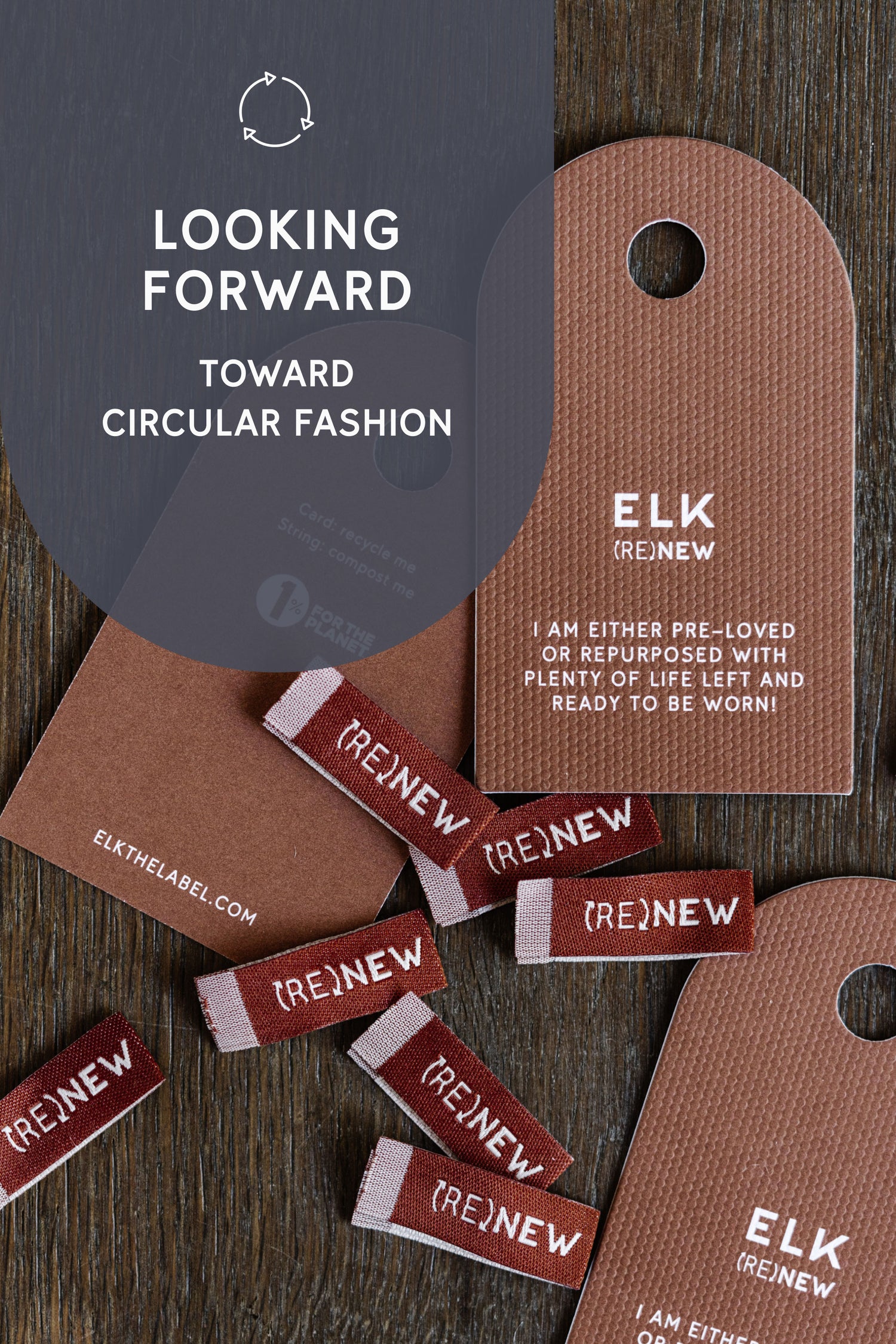
SCIENCE-LED STRATEGY FOR THE NEXT DECADE
We are shaping a sustainability roadmap for the next ten years that is guided by science, grounded in our commitments, and designed to respond to evolving climate, technology, and consumer trends.
VALIDATING OUR NET ZERO TARGETS
We anticipate formal validation of our near- and long-term Net Zero targets through the Science Based Targets initiative (SBTi). This will mark a key milestone in accountability and set the foundation for the next decade of climate action.
ONGOING COMMITMENT AS A B-CORP
Our B-Corp certification represents continuous improvement. We remain dedicated to accountability, responsibility, and pushing the boundaries of what is possible in responsible fashion.

If one word captures our sustainability journey this year, it is ‘resilience’.
Amid strong headwinds in retail and sustainability, we held firm to our values, leaned on partnerships, and made steady progress toward our goals. This Transparency Report is especially significant. It marks the milestone moment when we measure ourselves against the 2025 goals we set in 2019. It reflects how some have evolved, particularly our understanding of supply chain emissions and its role in decisions.
Despite the tough climate, we reached major milestones. We proudly became a certified B-Corp, with an overall score of 100.6. We continued to power direct operations with renewable energy and submitted our Net Zero targets to the Science Based Targets initiative for validation.
Our circularity program, (RE)NEW, grew stronger: over 800 garments were taken back - almost ten times last year. We launched an Australian-first partnership with BlockTexx giving new life to 350 end-of-life items. Our teams launched an innovative remnant collection, and we maintained 100% transparency of Tier 1 suppliers and 98% of Tier 2. Through 1% for the Planet, we donated $167,000+ to environmental causes, planted 43,900 seedlings (over 230,000 since 2020), and completed 467 volunteer hours, meeting our 2025 target early.
A cornerstone of our Transparency Report is that we celebrate our successes whilst also acknowledging our challenges. Preferred fibres dipped to 70%, below last year’s 75% and our 80% target, yet preferred cotton use reached 91%, MMCFs 100%, and remnant leather use rose from 8% to 22%. This is resilience: setbacks alongside progress, with determination to keep moving forward.
This progress is only possible thanks to the contributions of every individual that helps the ELK ecosystem thrive. The foundations built through our 2019–2025 goals have prepared us for the next phase: stronger climate action, deeper circularity, and the pursuit of Net Zero.
To our team, suppliers, partners, and customers, thank you. Together, we show that resilience is not just enduring, but creating lasting, positive change. We hope you find this report insightful, inspiring, and honest.
Dr. Vaibhav Gaikwad, ELK Head of Sustainability
Furthering our commitment to circularity
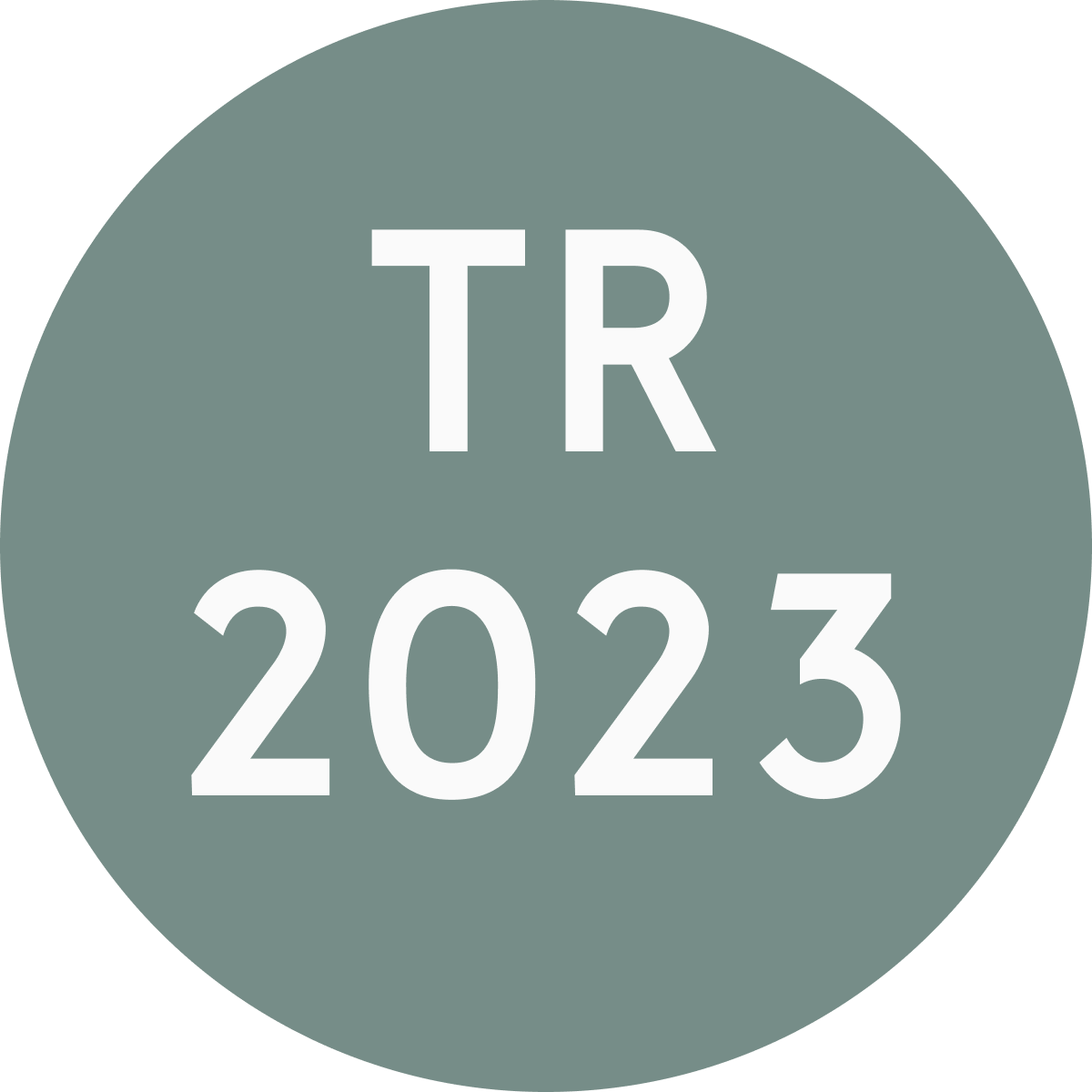
Mapping our emissions beyond scope 1.
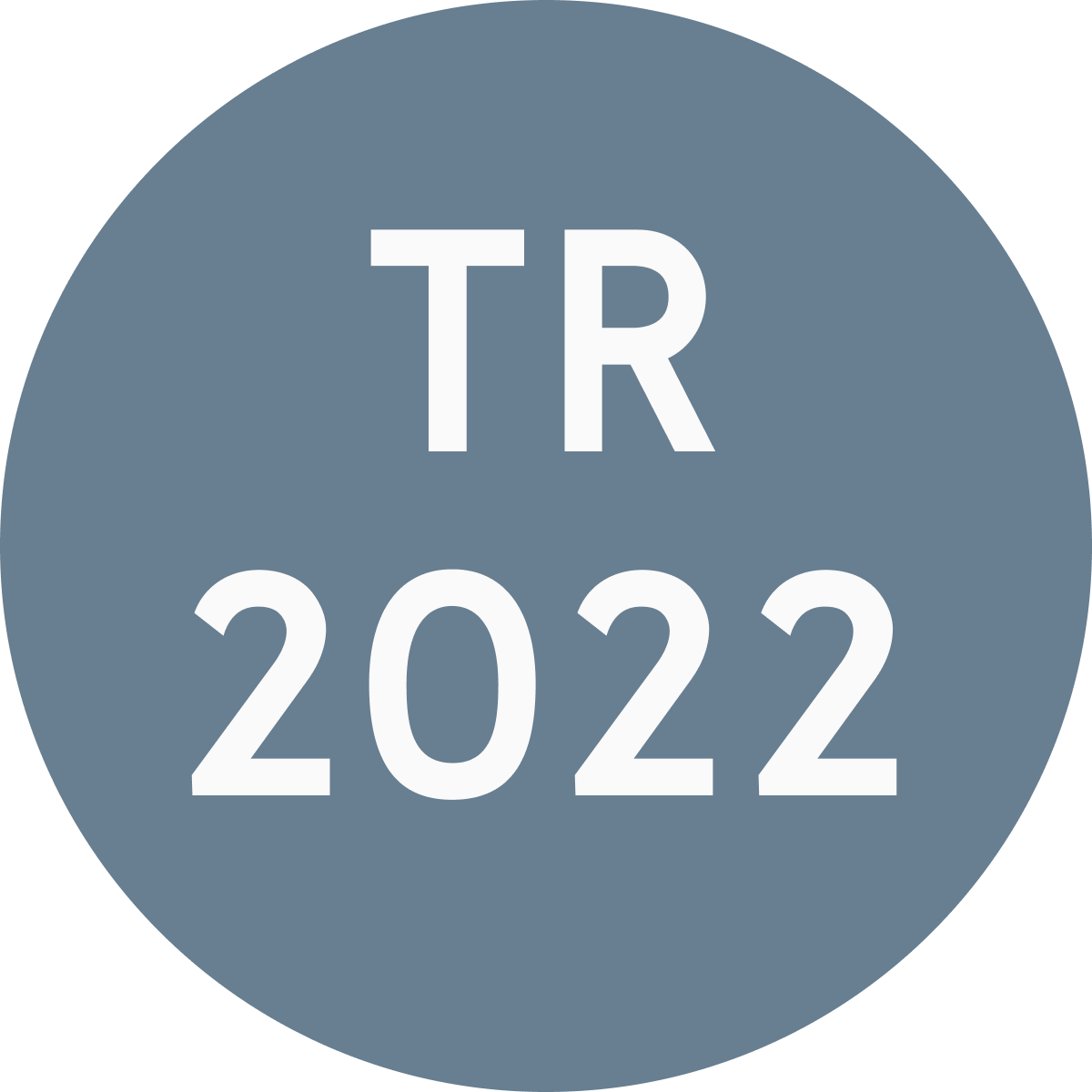
Expanding our commitment to a transparent supply chain.
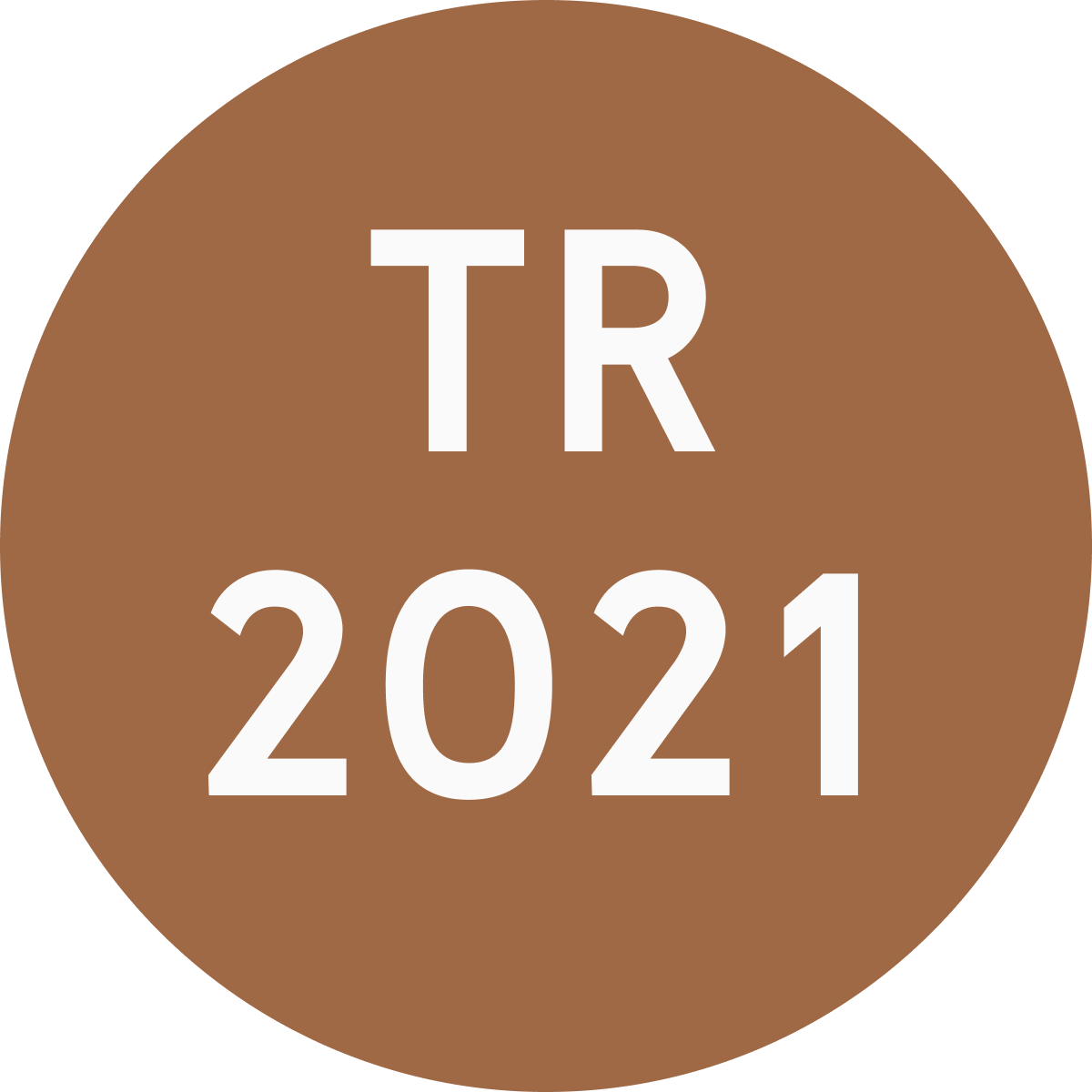
Transitioning to plastic-free garment bags.
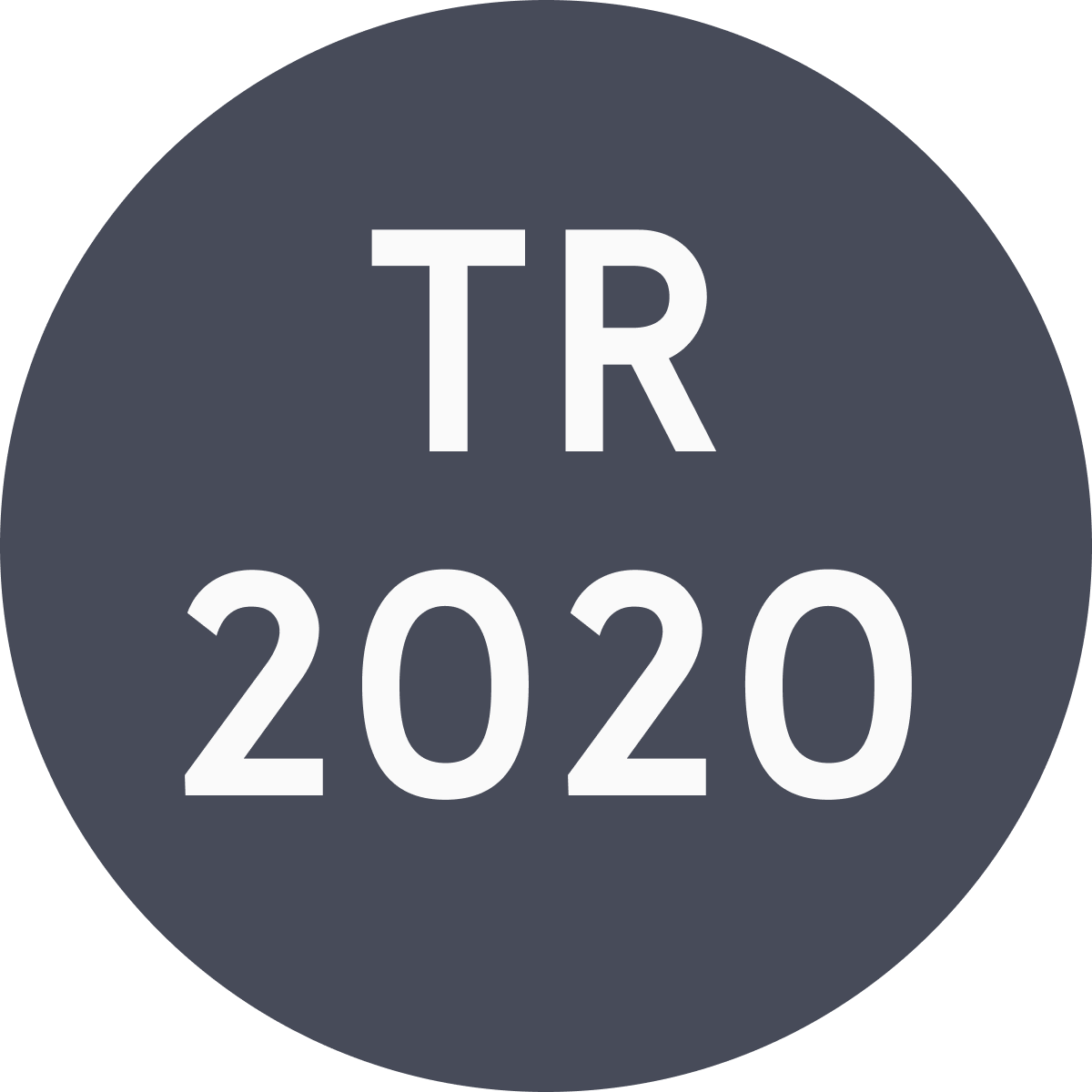
Introducing our Environmentally Preferred Materials Guide.
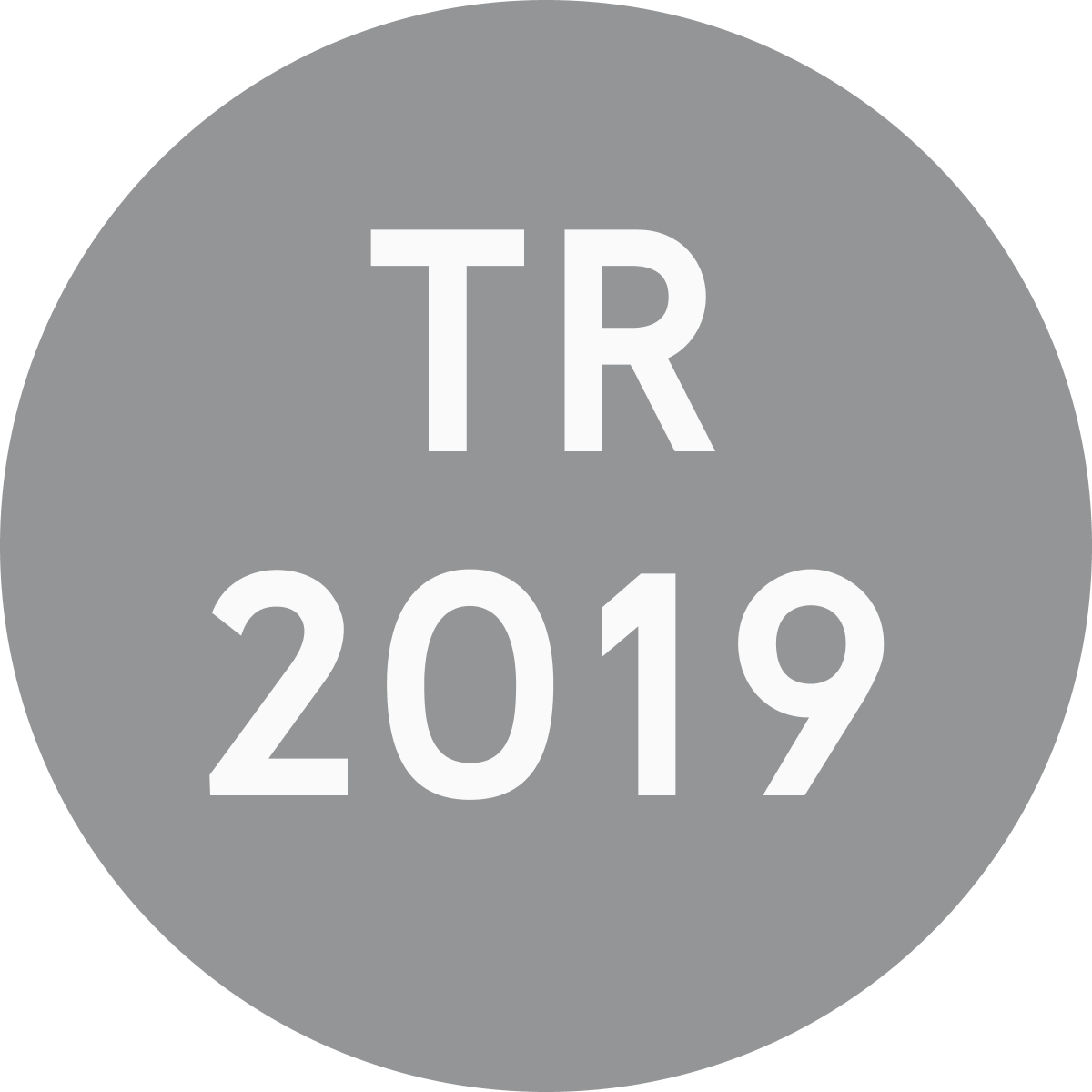
Our inaugural Transparency Report.